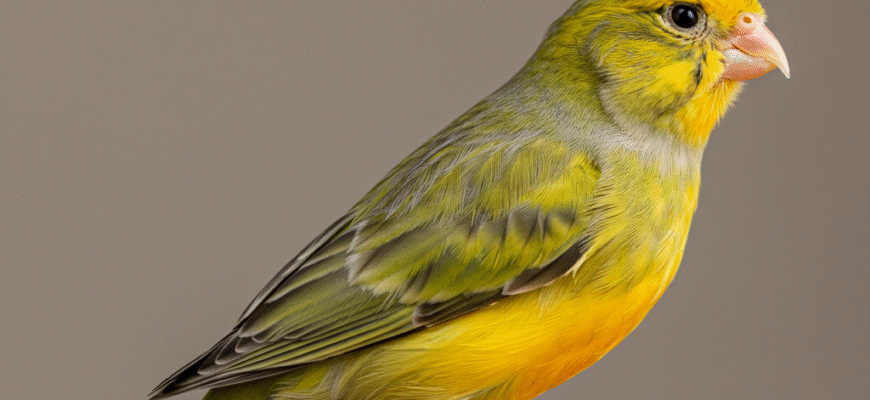Content
Setting Up the Perfect Canary Pad
Choosing the right cage is the first crucial step. Canaries need space to flit and fly, even short distances. Think horizontal space rather than vertical height. A cage that’s longer than it is tall is ideal. Bar spacing is also critical; it should be narrow enough (around 1/2 inch or less) to prevent your canary from getting its head stuck. Wire cages are generally best as they provide good ventilation and climbing opportunities. Inside the cage, provide perches of varying diameters and textures. Natural wood branches (from bird-safe trees like apple or willow, properly cleaned) are fantastic for foot health, helping to exercise their feet and prevent problems like bumblefoot. Avoid sandpaper perch covers; they can be too abrasive. Place perches at different heights, but ensure none are directly over food or water dishes to prevent contamination. Location, location, location! Where you place the cage matters immensely. Find a spot that’s well-lit (natural light is great, but avoid direct, harsh sunlight) and free from drafts. Canaries are sensitive to sudden temperature changes and drafts. The room should be relatively quiet but part of the household activity, so your bird doesn’t feel isolated. Keep the cage away from kitchens due to potential fumes (especially from non-stick cookware) and away from open windows or doors where escape is possible or drafts are prevalent.Household Hazards Alert! Many common household items can be toxic to canaries. Avoid using aerosols, air fresheners, scented candles, and strong cleaning products near your bird. Teflon or PTFE fumes released from overheated non-stick cookware are extremely dangerous and can be fatal quickly. Always ensure excellent ventilation if cooking with non-stick pans, or ideally, keep your canary far away from the kitchen area.
Feeding Your Feathered Friend
A canary’s diet is relatively simple but needs to be balanced. The foundation should be a high-quality canary seed mix or pelleted diet specifically formulated for canaries. While seeds are traditional, pellets often offer more balanced nutrition, preventing picky eating where a bird only eats its favorite (often less nutritious) seeds. However, seeds or pellets alone are not enough. You need to supplement their diet regularly. Offer small amounts of fresh greens and vegetables daily. Good choices include:- Spinach (in moderation)
- Kale
- Broccoli florets
- Romaine lettuce (avoid iceberg)
- Peas
- Shredded carrots
- Sweet potato (cooked and cooled)
Water: The Elixir of Life
Fresh, clean water is non-negotiable. Provide it daily in a clean dish or a bird water bottle. Dishes often get contaminated with droppings or food, so they need cleaning daily, sometimes more often. Water bottles can help keep water cleaner for longer, but you must ensure the nozzle is working correctly and your canary knows how to use it. Check the water level daily and clean the bottle thoroughly at least every couple of days to prevent bacterial growth. Some canaries also enjoy bathing; provide a shallow dish of clean, cool water a few times a week for this purpose. Remove the bath after an hour or so.Keeping Your Canary Happy and Singing
While they don’t need hands-on play like parrots, canaries require enrichment. Their song, primarily performed by males, is a sign of contentment (though females can chirp and make other sounds). To encourage singing and overall well-being:- Provide stimulation: Toys like bells, swings, and simple wooden or plastic bird toys can provide entertainment. Rotate toys occasionally to keep things interesting.
- Talk to your bird: Speak gently to your canary. They may not talk back, but they appreciate the interaction and sound of your voice.
- Music or Nature Sounds: Some canaries enjoy listening to music (classical often works well) or recordings of nature sounds, including other canary songs.
- Routine: Birds thrive on routine. Try to feed them, clean the cage, and cover them (if you choose to) around the same time each day.
- Sleep: Ensure your canary gets about 10-12 hours of undisturbed darkness each night. Covering the cage can help signal bedtime and block out ambient light.









